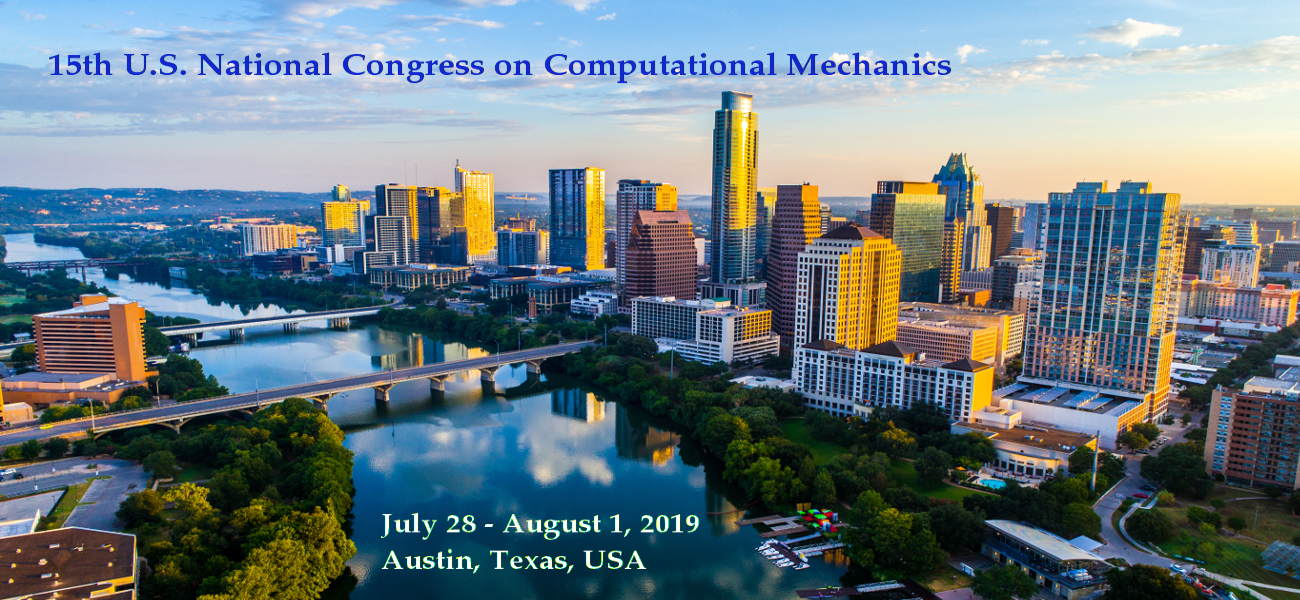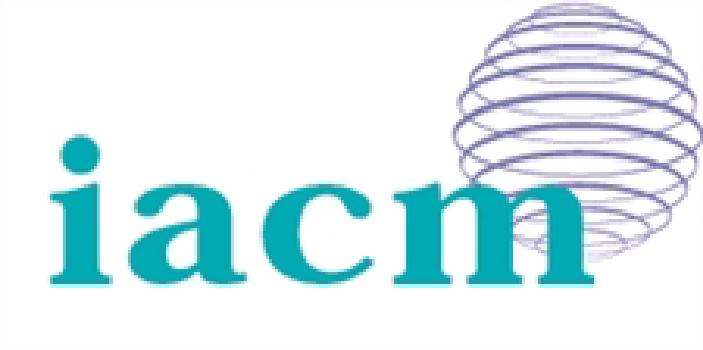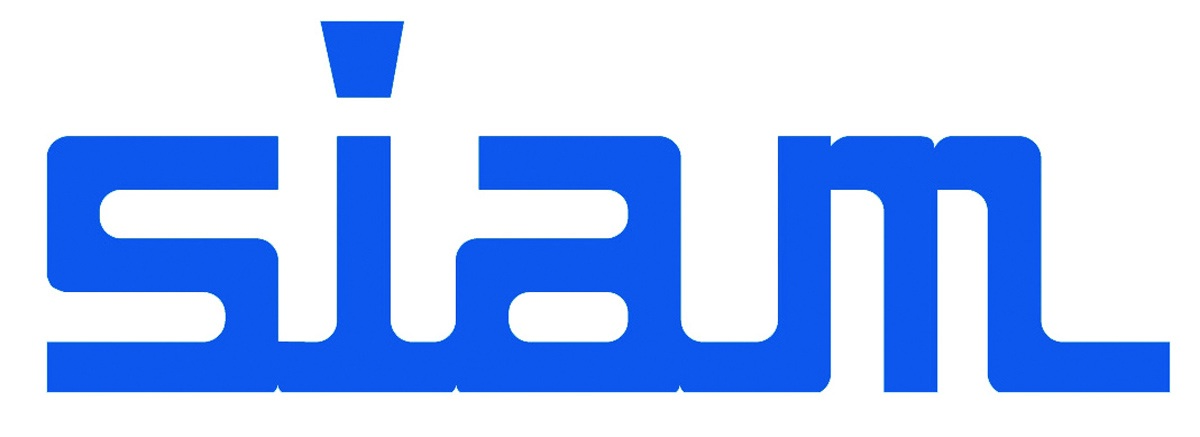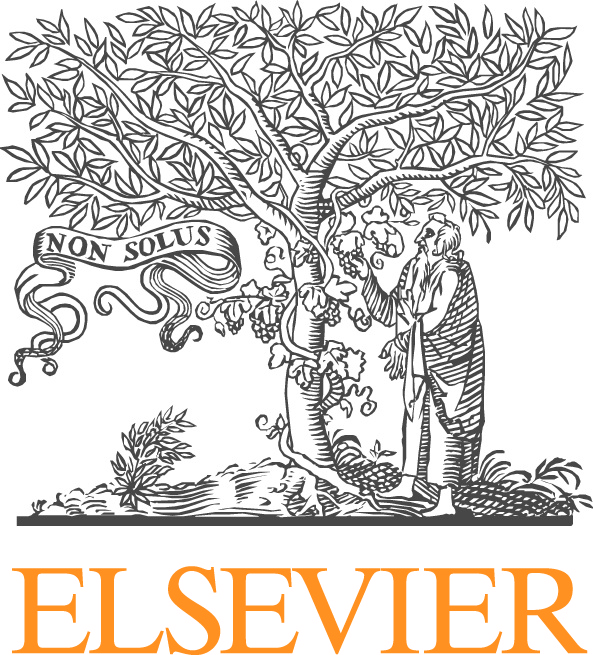Roger Sauer, AICES
Elisa Budyn, The University of Illinois at Chicago
Shaofan Li, UC Berkeley
Marino Arroyo, UPC
This mini-symposium focuses on computational models for the mechanobiology and biomechanics of cells, vesicles and biomembranes, and their structural constituents such as lipid bilayers, protein filaments, cytoplasm, cytoskeleton, organelles and nuclei. Due to the diversity of these components and due to the different length and time scales involved, a wide range of computational approaches can be considered. Examples are continuum models - like finite element or meshfree methods - structural models - like shell or beam models - and molecular models - like coarse-grained or all-atom molecular dynamics.
This sessions aims at bringing together researchers working on these topics and offering them a forum for discussion.
Possible topics to be discussed in this symposium are:
- deformation of cells (as well as vesicles, biomembranes and their constituents)
- contact and adhesion of cells
- tethering and budding of cells
- interaction of cells
- cell motility
- diffusion into cells and across membranes
- protein binding to membranes
- virus penetration into cells
- cell division/rupture
- mechanosensing and mechanotransduction of cells
- multiscale modeling of cells
- cellular signalling pathways







